Giorgio Scarpa’s Models of rotational geometry 1978
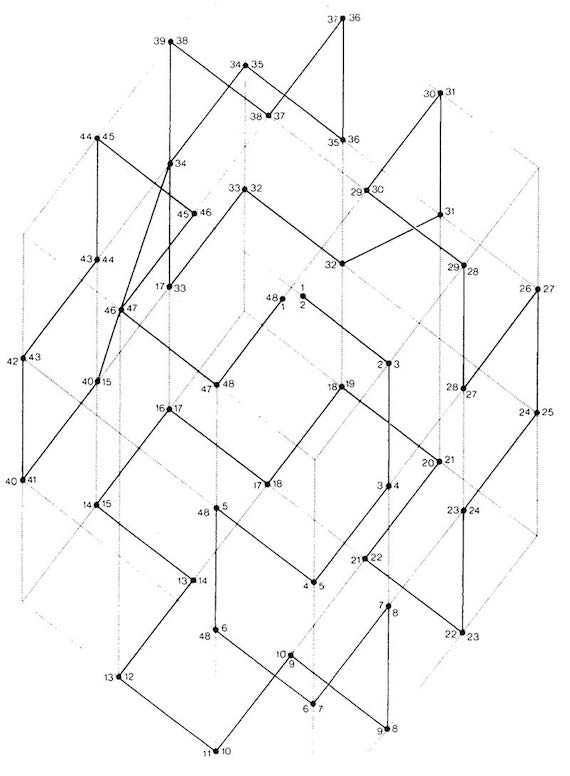
Genesis of form.
Motion is at the root of all growth
— Paul Klee
Giorgio Scarpa (1938-2012) was an Italian designer, bionics researcher, artist and teacher of Descriptive Geometry and of Theory of Perception in Oristano and Faenza. His publications include subjects as different as bionics, topology, DNA and muscle structure models, but he also wrote papers on abstract problems as defining rules on how to find one’s way out of a labyrinth.
Pino Trogu, designer and teacher at San Francisco State University, curates the memory and the legacy of Scarpa’s work, through a dedicated website and seminars based on the applications of the late designer’s principles.
Scarpa’s two books, published as part of a Bruno Munari edited series “Design Notebooks (today out-of-print), were titled “Rotational Geometry” and “Bionic Models: Understanding Nature Through the Use of Models“. According to Trogu, the former (complete English translation available here), “shows one of the many “modular” chains described in the rotational geometry book, which focuses on rotational movement as a basic form generating process. Scarpa dissects the five Platonic solids and other solids into chains of hinged triangular pyramids that fold back into their enclosure cells.“. The latter is “a bionic study of the mouth apparatus of the sea urchin, also known as Aristotle’s Lantern, after the first detailed study of it by the Greek philosopher” (complete English translation available here).
You can find more informations and videos on Trogu’s Scarpa website.
Here’s a selection of diagrams from Giorgio Scarpa’s book “Rotational Geometry”:
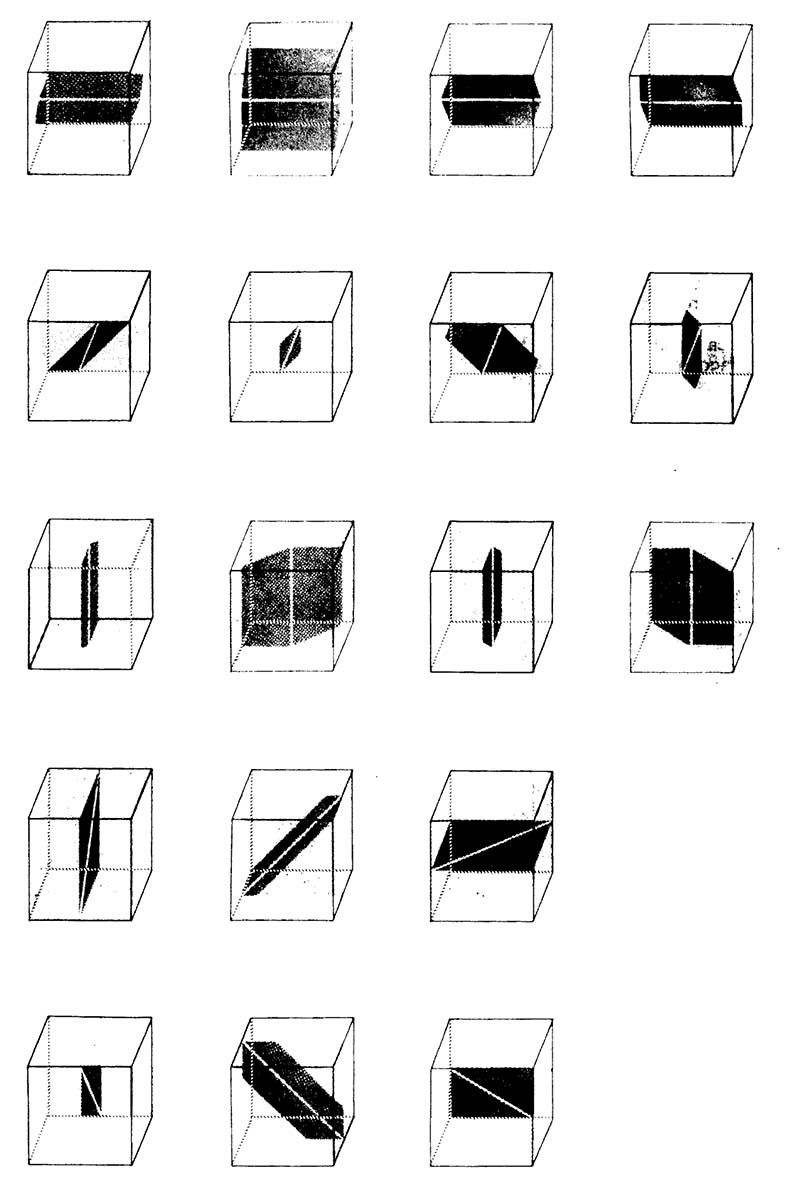
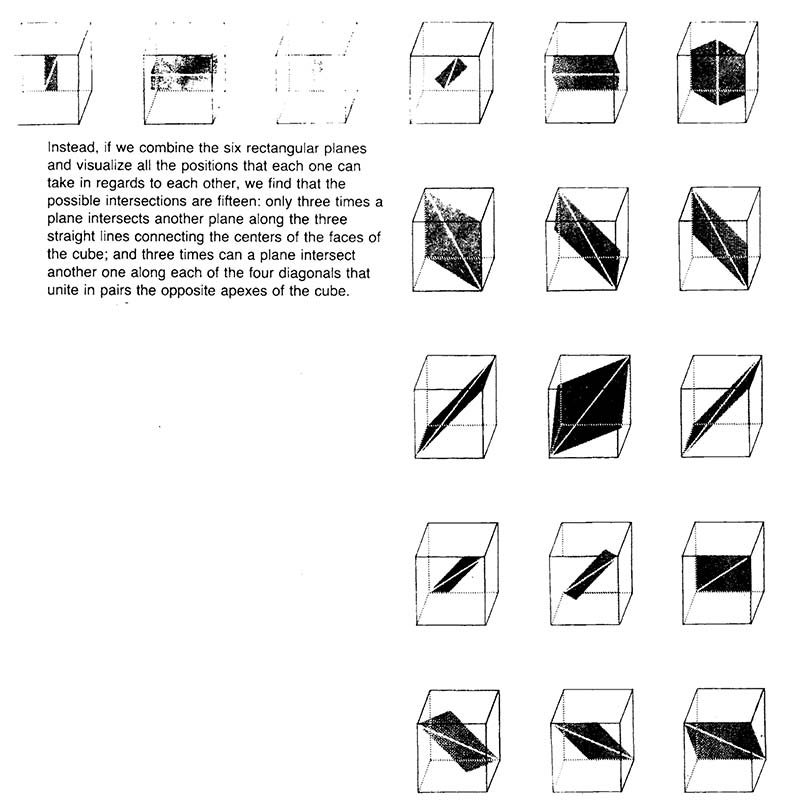
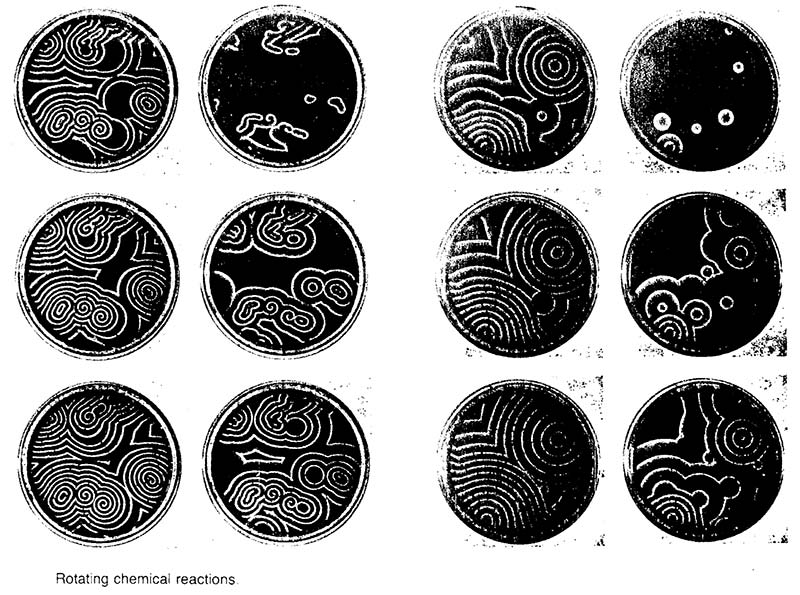
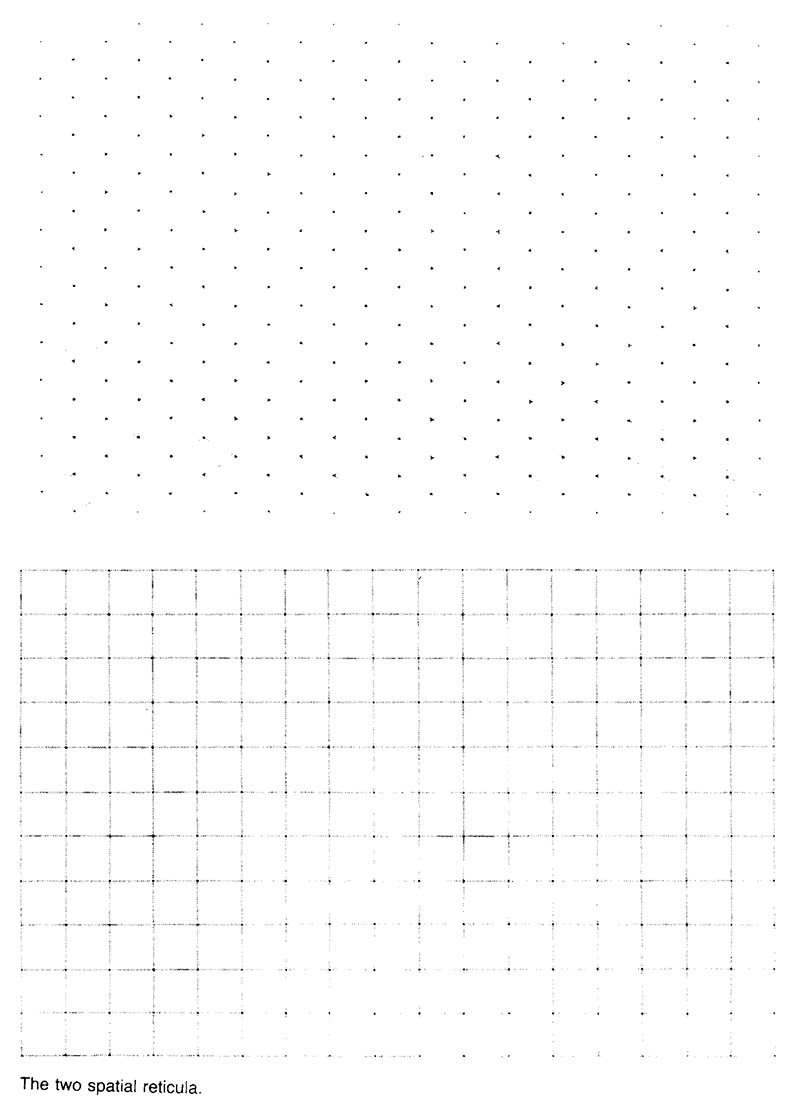
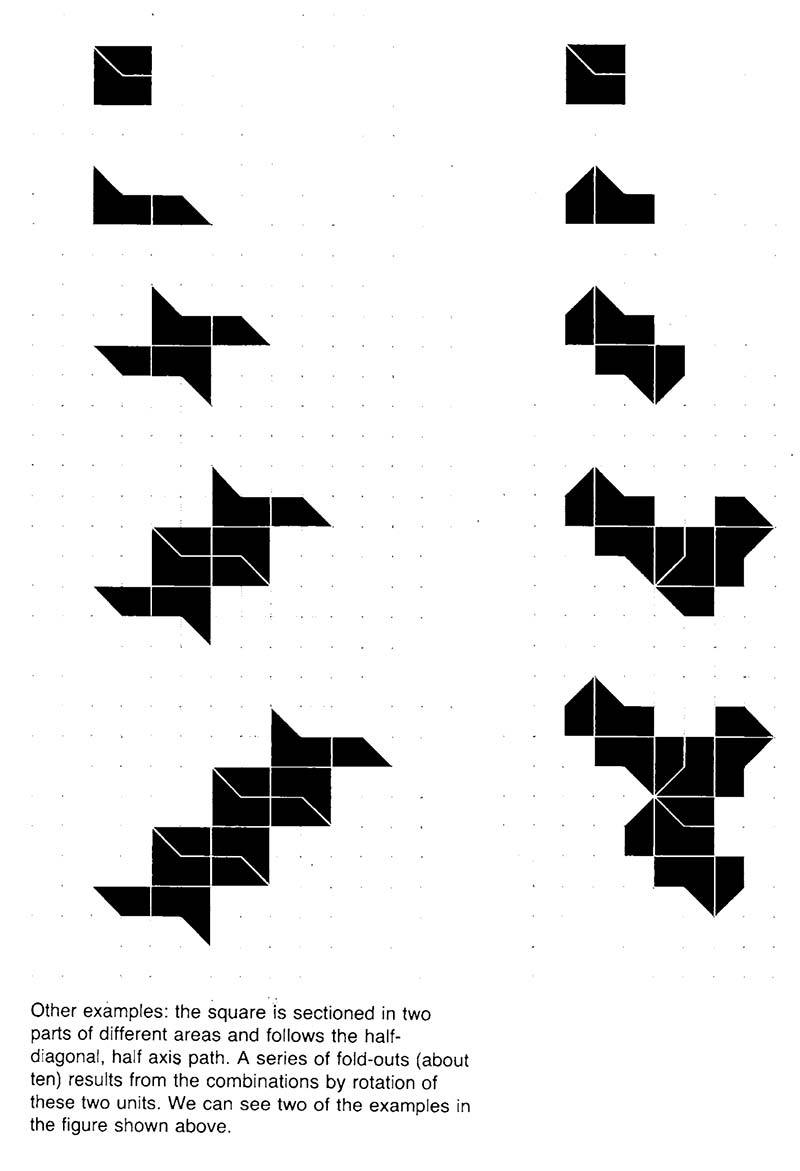
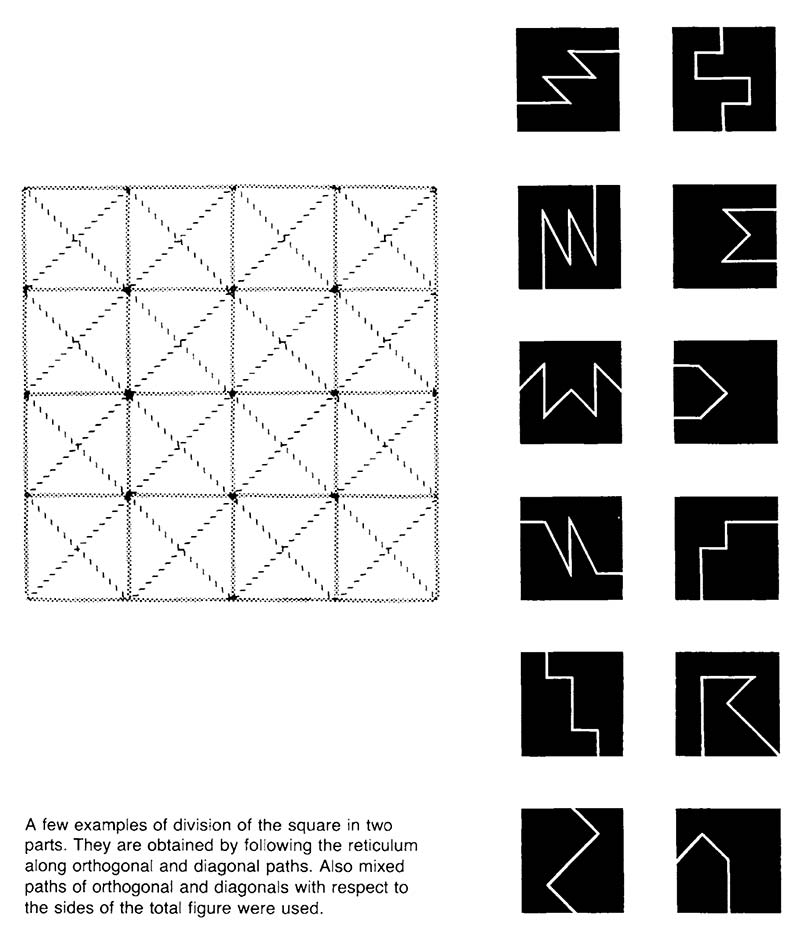
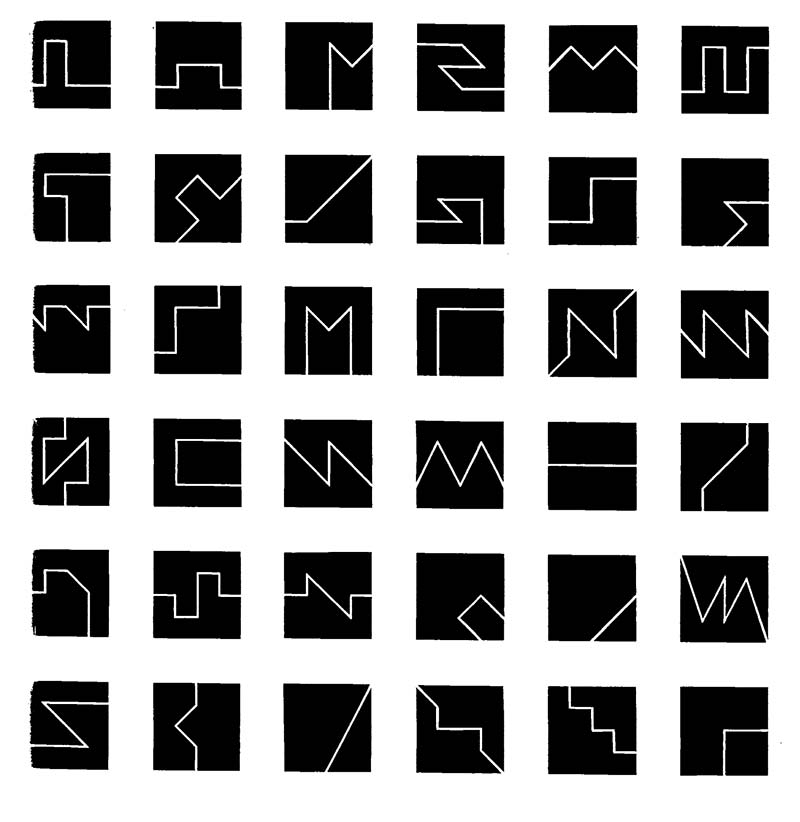
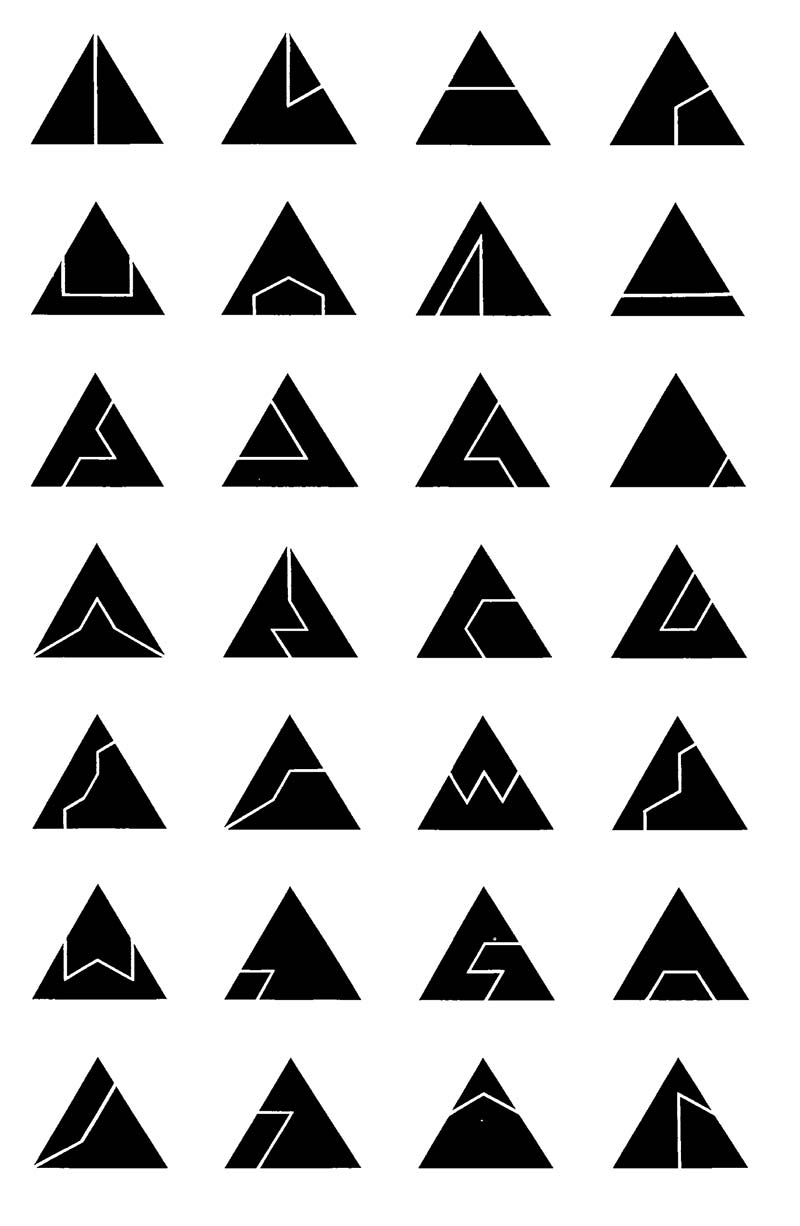
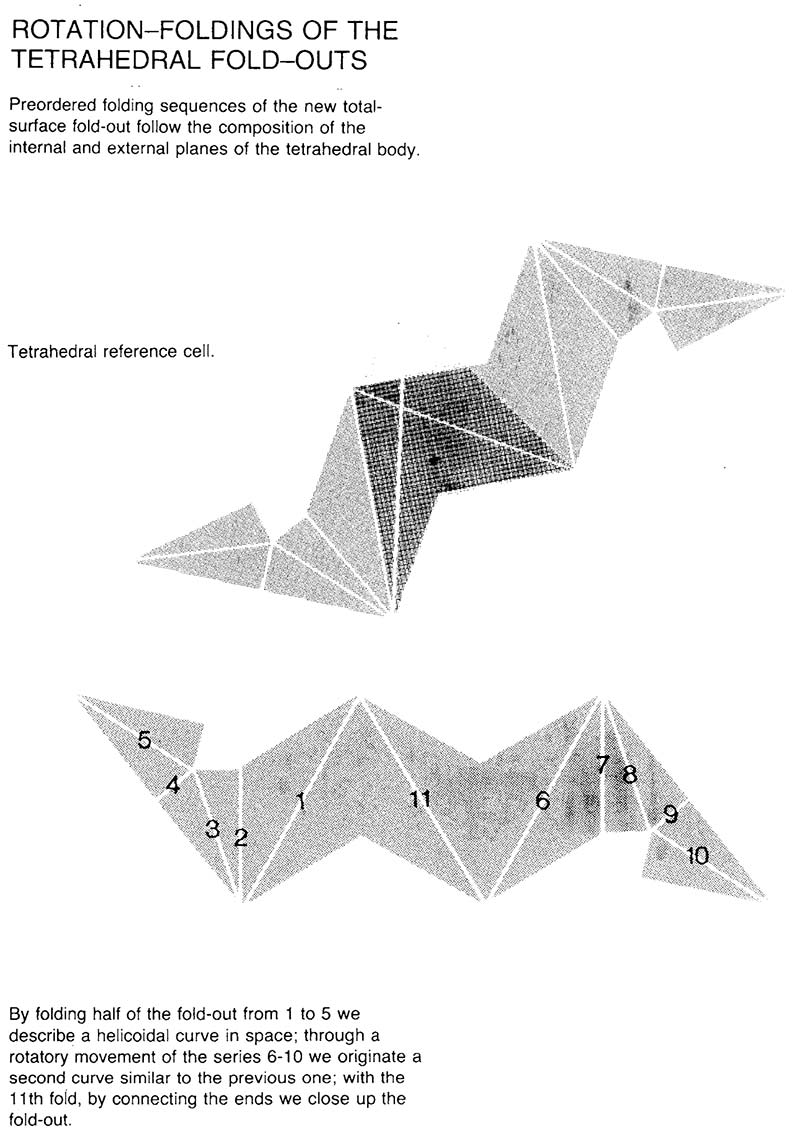
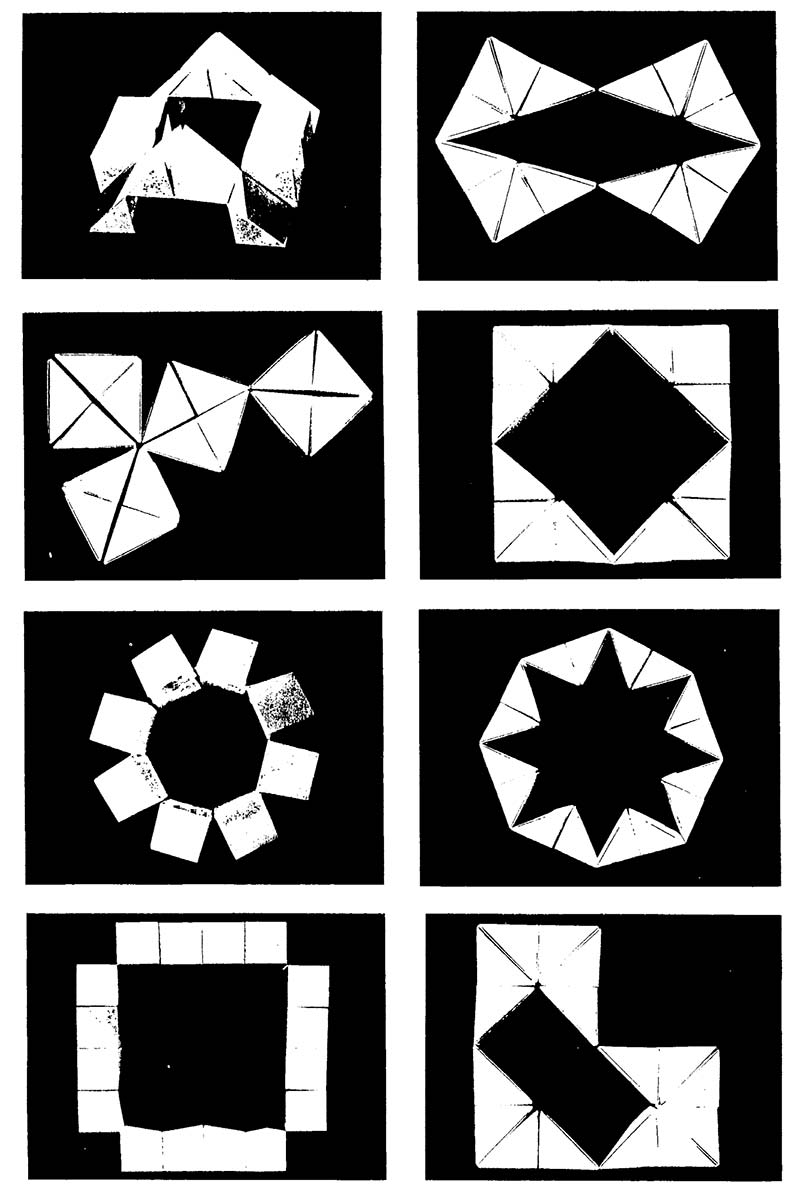
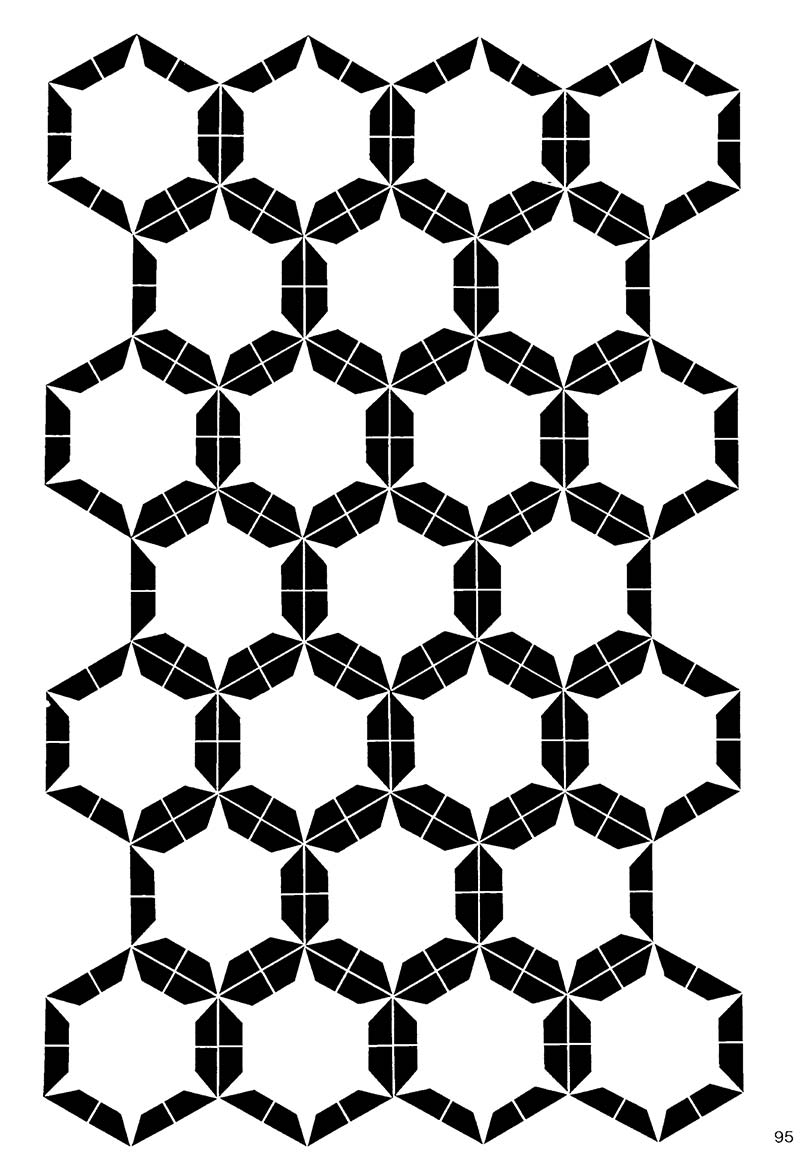
Via: Orgmiga


